November 18, 2022
Blog: The Undying Ferrari vs. Lamborghini Rivalry
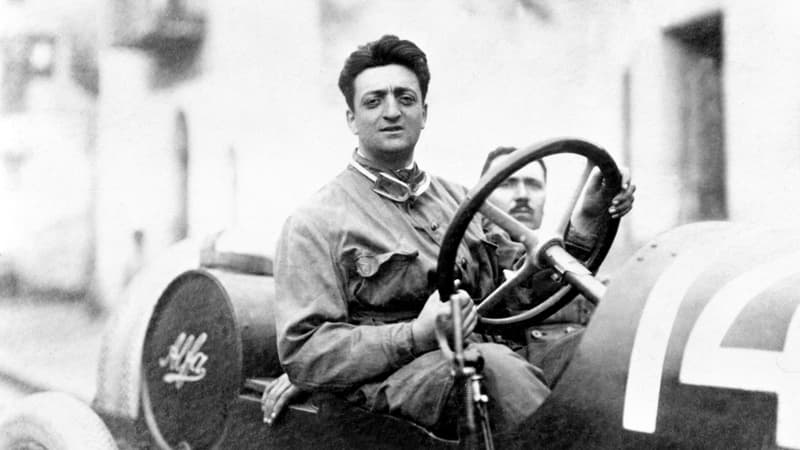
Enzo Ferrari was born in Modena, Italy in 1898. He began racing at the age of twenty-one as a works driver for Alfa Romeo, and at twenty-six, he founded Scuderia Ferrari - which was to be Alfa Romeo’s official racing division. In 1939, when Enzo was forty-two, he left Alfa Romeo and founded Auto Avio Costruzioni in his hometown. He built his first car, dubbed it the 815, and raced it in Italy’s open road endurance race, the Mille Miglia in the Spring of 1940. That summer, Italy entered World War II, and much industrial activity, along with pleasurable pastimes like racing, began grinding to a halt. Enzo decided to relocate his business 19 kms South of Modena, to Maranello. Ferrari’s first production car debuted after the conclusion of the war (and the conclusion of a non-compete clause in Enzo’s contract with Alfa Romeo), in 1947, at the Piacenza racetrack, and won its first victory at the Rome Grand Prix that same year. In 1952, Ferrari won the Formula 1 World Championship, and the brand began producing sports cars for common consumers. Throughout the Fifties, the Ferrari name came to epitomise supreme luxury and performance.
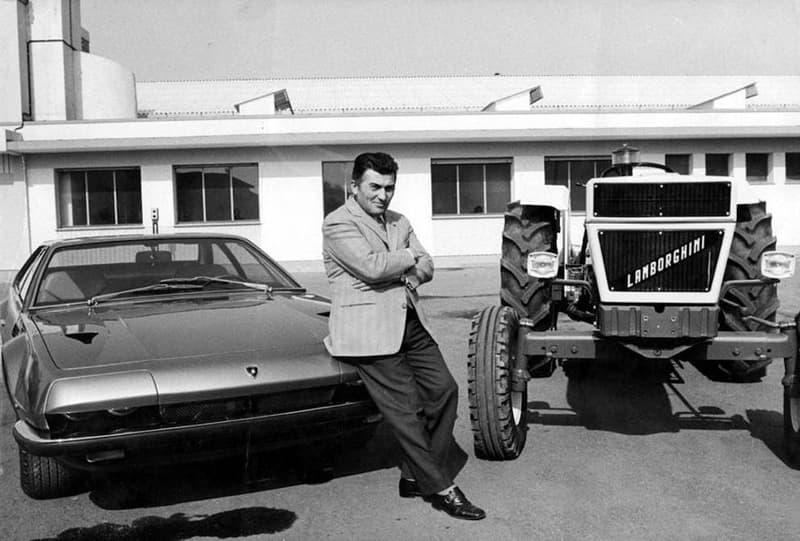
Ferruccio Lamborghini was born 40 km Northwest of Modena, in Renazzo, to a family of grape farmers. Ferruccio studied mechanical engineering, and he served as a mechanic in the Italian Royal Air Force in WWII. Italy experienced a period of agricultural and industrial revitalization following the war, and Ferruccio achieved great wealth in founding Lamborghini Trattori, where he manufactured tractors and other agricultural equipment. With ample disposable income, Ferruccio began collecting and racing cars, some of these were Ferraris that he would drive his clients around in to impress them. He liked to showboat for people, but it’s been noted by those close to Ferruccio that he was not a good driver; he was always burning out the clutch in his Ferraris. After taking his car to the nearby Ferrari factory for the fourth time, Ferruccio decided to have his own head mechanic take a look at it. It was discovered that the clutch was of a generic design that was also used in one of Lamborghini’s tractors. This infuriated Ferruccio, who now knew that Ferrari had charged him ten times what the clutch was worth to replace it, time and time again. It was 1961; Ferruccio Lamborghini and Enzo Ferrari were about to butt heads for the first time.
When the two Italian businessmen met, Ferruccio admonished Enzo: “You build your beautiful cars with my tractor parts.” A prideful Enzo responded in kind, uttering the now-famous words “Let me make cars. You stick to making tractors.”
Automobili Lamborghini S.p.A. was founded the following Spring, within a year of that fateful insult. The factory was built in Sant’Agata Bolognese, 35 km Northwest of Maranello, and within six months of the company’s founding, the Lamborghini 350 GT was released to the public at the Salone dell’Automobili di Torino. Lamborghini even poached some Ferrari engine developers for this first project.
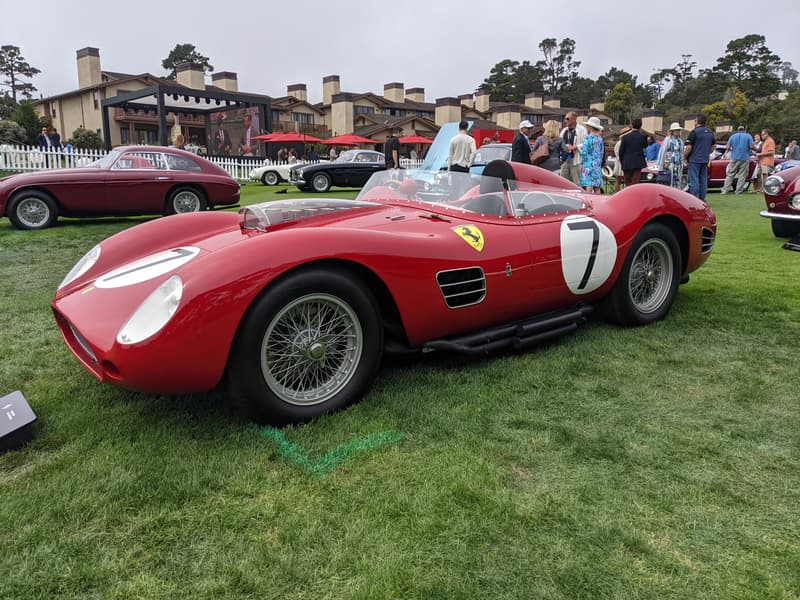
Between the two iconic brands, countless models can be considered landmark releases. The first of these we felt important to highlight, is the 250 Testa Rossa. The 1957 250 TR was the first Ferrari to bear the paradigmatic Testa Rossa name, which translates to “red head,” referring to the red engine head covers that typify Ferrari engines. This 300 horsepower V12 was shipped to customers around the world, announcing Ferrari’s sports car dominance on an international scale.
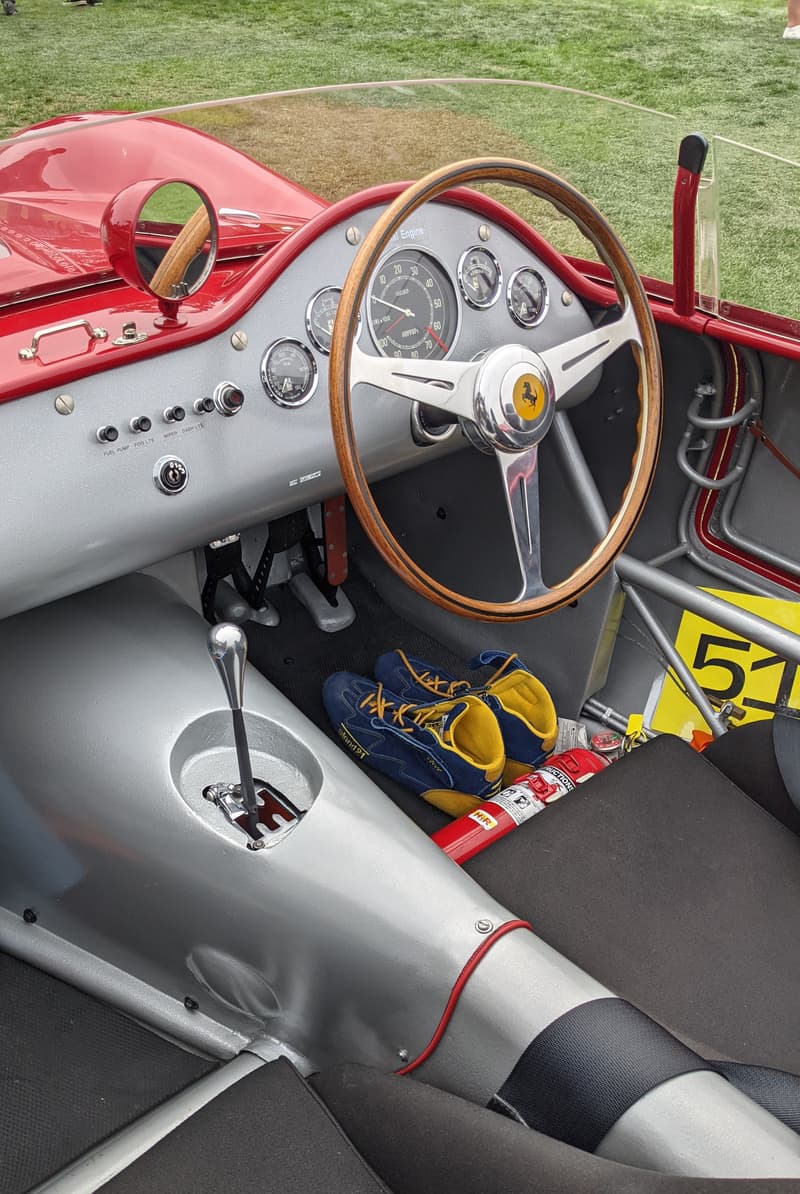
Lamborghini is by no means the only nemesis Enzo created in his meteoric rise. In 1963, Ford attempted to buy a controlling stake in Ferrari, flying their executives to Maranello and spending a month negotiating the deal. The buyout never came to pass however, as Enzo leveraged the offer from Ford to improve his partnership with Fiat. This sleight of hand prompted Henry Ford II to create a Ford racing division, and by 1966 Ford was pitting their GT40 against Ferrari’s 330 P3 at the 24 Hours of Le Mans, the world’s oldest active endurance racing event. Ford took the overall win along with the number two and three spots, and the 330 P3 wound up on the did not finish list, due to engine overheating and transmission failures, setting off another industry rivalry that would fuel Enzo Ferrari for years to come.
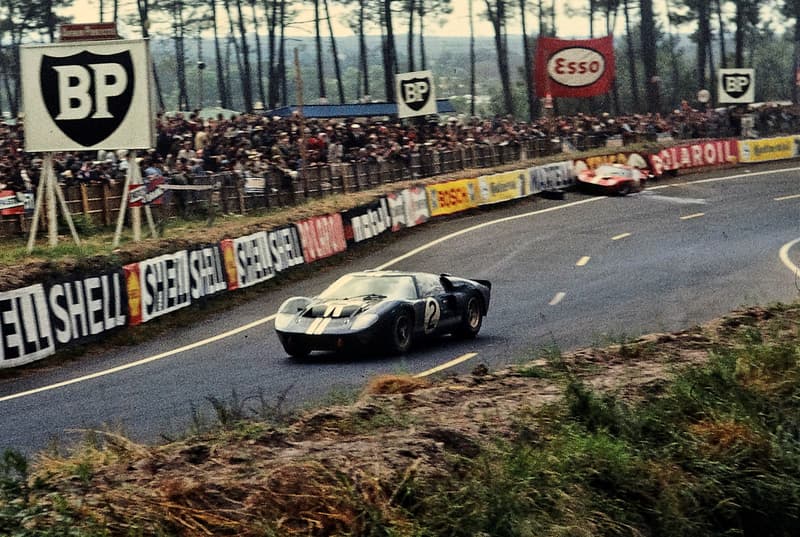
In the 1970’s, Ferrari engineers succeeded in convincing Enzo to begin producing mid-engine road cars, after years of obstinate refusal. Lamborghini had seen considerable success with their mid-engine models the Miura and Countach, and Ferrari could not be left behind. The 308 GTB, 308 GT4, and 308 GTS - all mid-engine V8’s - were received with much acclaim in the Seventies. In the mid-1980’s, as the company shook off the dust of a decade of economic recession and energy crises, Ferrari ushered in a new era of modern style and massive power with iconic Eighties models like the 288 GTO (a homologation of the 308 GTB), the Testarossa (popularised by Miami Vice), and the F40.
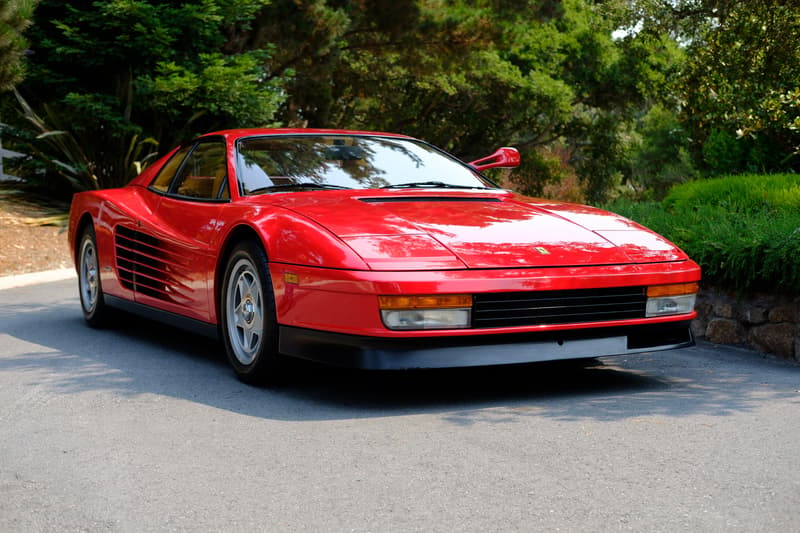
The Testarossa inherits its name from the 250 Testa Rossa, and would go on to become the best selling model in Ferrari’s history with 7,177 cars produced from 1984 to 1991. From there, the Testarossa would be further refined to become the 512TR and then the F512 M.
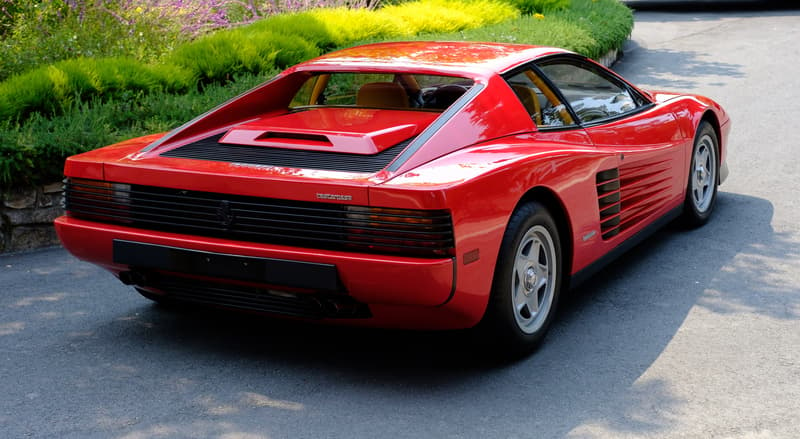
The F40, powered by a 2.9-liter twin-turbocharged V8, was created in celebration of Ferrari’s 40th Anniversary, and was to be the last model personally approved by Enzo Ferrari before his passing in 1988. The F40 served as a worthy send-off for the prodigious idol of the auto industry, as it was the first production car to break a top speed of 200 mph, a champion stat for its hefty purchase price of $400,000 USD.
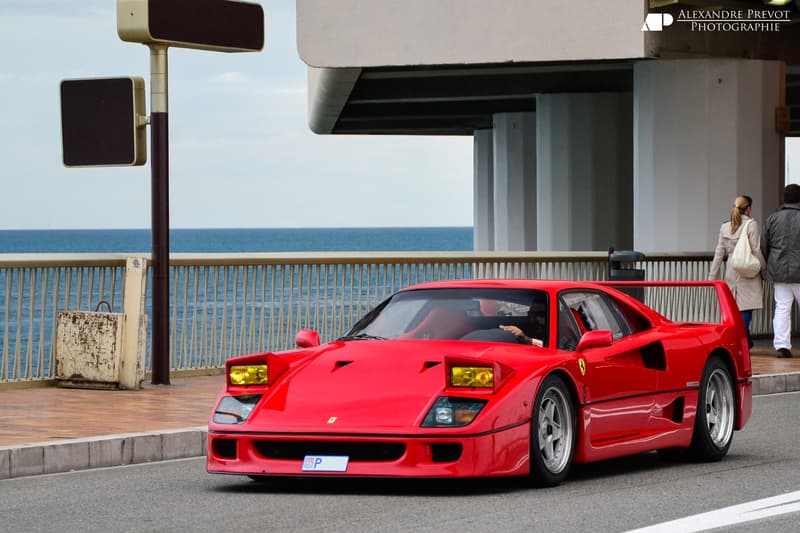
The styling of the F40 was adapted moderately for its mid-nineties successor, the F50, being slightly more curvy, but the power boost was substantial. The F50 had a 4.7-liter 60-valve V12, a powerhouse originally developed as a 3.5-liter V12 used in the 1990 Ferrari 641 Formula One Car. Furthermore, the F50 had an even more limited production run than its 400 count predecessor, with only 349 F50 cars rolling off the line from 1995 to 1997.
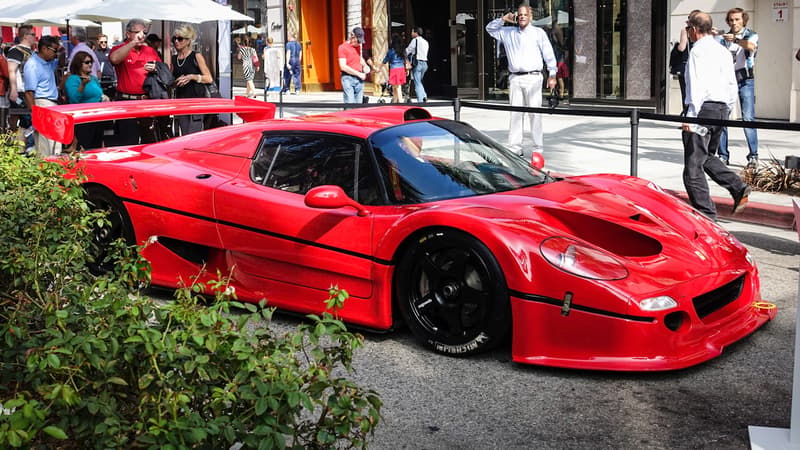
To follow would be the highly stylized and geometrically angled namesake to the company’s founder, the Ferrari Enzo, released in 2002, at a time when international markets were beginning to recover from the financial crisis of 2001. The Enzo had an aerodynamic carbon fibre body, an F1-style automated shift manual transmission, and carbon fibre reinforced silicon carbide ceramic composite disc brakes. It was powered by the F140 B engine; a 651 horsepower V12 with a top speed of 350 km/hr.
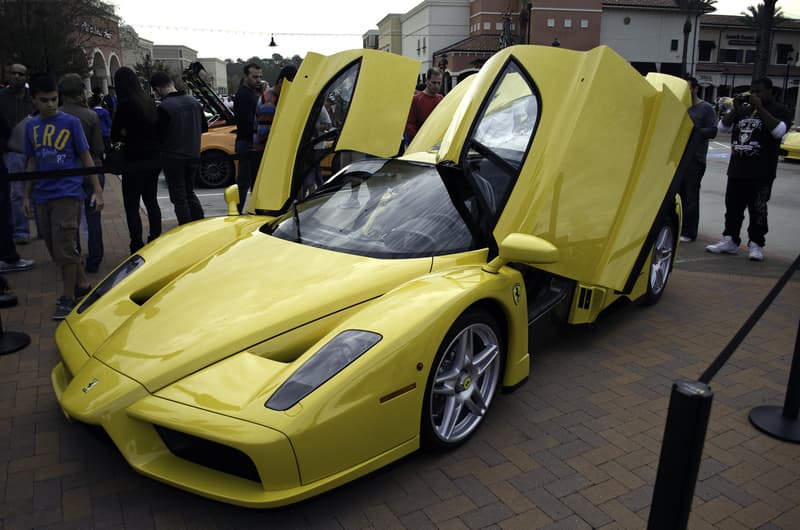
Over the most recent decade of Ferrari’s contribution to the sports car industry, the company continues to honour its carbon combustion roots with high performance gas powered models, while embracing the automotive innovations of the 21st century with power-assisted hybrid models, the first being the LaFerrari, produced from 2013 to 2018. First unveiled at the Ferrari Museum in Maranello and at Ferrari World in Abu Dhabi, the LaFerrari, priced at $1 million, is powered by a 6.3-liter F140 FE V12 and one electric motor with a kinetic energy recovery system paired with a 7-speed dual-clutch automatic transmission, producing a whopping 950 combined horsepower.

In 1966, while Ferrari remained focused on building cars that would perform optimally on the racetrack, Lamborghini created what is considered by many to be the world’s first supercar - the Lamborghini Miura - which was to be the fastest production road car to date. The Miura was vastly ahead of its time, with a transverse engine mounted mid-ship and a sleek, smooth, modern design. The Miura performed magnificently as the burgeoning company’s flagship, with 764 examples produced from 1966 to 1973. Lamborghini capitalised on the power that was being drained away from American-made cars in the early Seventies due to federal environmental regulations, and proceeded with the Miura to create a 380 hp power plant with a revised valvetrain and intake, unencumbered by federal decrees. Its predecessor, the Countach, with a long production run of sixteen years and 1,983 examples built, had a much sharper wedge shape but retained the mid-engine V12 - though this time it would be a longitudinal layout, and European spec models used six Weber carburetors, while some cars destined for the US used Bosch K-Jetronic fuel injection in order to comply with US emissions regulations, still bumping the horsepower to 414 hp.

While Ferrari tended to take a more purist, behind-closed-doors approach to their designs and development, Lamborghini has shown themselves more amenable to taking requests over the years. In 1975 an Austrian-born Canadian named Walter Wolf made one such request. Wolf made his fortune selling oil-drilling equipment, and spent that fortune largely on the funding of two Formula 1 teams. When Wolf concluded that the power delivery of the Countach LP400 could be improved upon, he contacted Lamborghini’s chief engineer, Gianpaolo Dallara personally. Wolf’s money being undeniably green, Lamborghini set about developing the Walter Wolf Special Countach, delivering 447 horsepower with a revised body including lightweight wheels with specially designed Pirelli P7 tires, flared fenders, a front air dam, and a massive rear spoiler. Three of these special edition Countach cars were created. Special editions aside, the Countach is a truly definitive Lamborghini, with its wedge shape and scissor doors, the aggressive, modern, impossibly low look of a Lamborghini had been sealed in the minds of the enthusiast public.

The Diablo picked up in 1990 where the Countach left off, with monolithic styling and a 5.7-liter DOHC V12 with computer controlled multi-point fuel injection. The Diablo was the company’s flagship from 1990 to 2001, when it was relieved by the Murciélago, Lamborghini’s first model under their new parent company, Audi. The new coupe did not disappoint, it was an all wheel drive V12 with a rear differential that was integrated with the engine and a viscous coupling centre differential that powered the front wheels. The body is mostly carbon fibre, with a steel roof and aluminium scissor doors. Its rear wing and upper air intakes are electromechanically controlled, deploying automatically at high speeds.
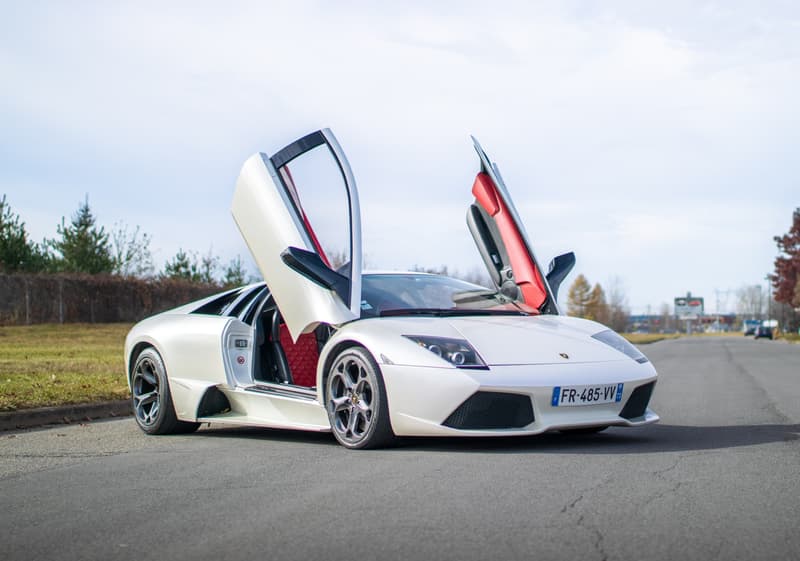
Never ones to rest on their laurels, Lamborghini next took to developing the Reventón, which used the Murciélago chassis and drivetrain but wrapped them in an all carbon-fibre body. Only 21 examples were built, and many design features, said to be inspired by the fastest jets in the world, were carried over for the development of the Aventador (officially the predecessor of the Murcielago), which remained in production from 2011 to September 2022. The Aventador remained at the top of Lamborghini’s line for 12 years with a 6.5-liter V12 producing 690 horsepower and 509 lb-ft of torque, and a zero-to-60 mph of 2.9 seconds. Its road-holding prowess was achieved with the help of a magnetic suspension design and dynamic steering, with a 7-speed single-clutch automated manual transmission that changes gears in 50 milliseconds. The company had their work cut out for them in satisfying the market demand for this work of art: including all variations, 11,465 units were produced.
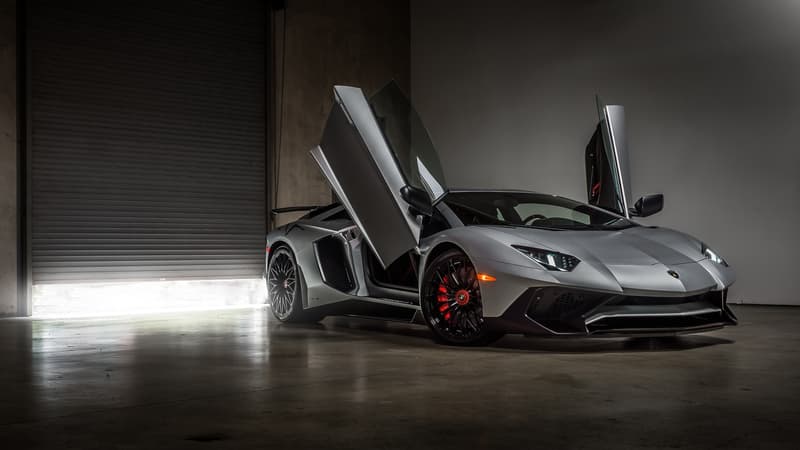
The Lamborghini creation that truly takes the cake for other-worldly innovation, however, would have to be the Sesto Elemento. With only twenty examples in existence, the Sesto Elemento is named for the sixth element on the periodic table: carbon. In developing the Sesto Elemento, Lamborghini partnered with Boeing to invent a new kind of carbon plastic that is lightweight and flexible, yet virtually indestructible. This carbon plastic is used for the splitters and rear wing. The car has no dash, just a structural torsion beam that runs the width of the cockpit, and no seats, just stylish red foam padding that sits directly on the carbon fibre monocoque safety cell. The wheels, too, are made of pressure-formed resin filled carbon fibre - altogether weighing only 15 lbs. Even paint was deemed superfluous, Lamborghini having opted instead to use crushed crystals mixed with clear coat to colourize the red V-shaped air extractors on the Sesto Elemento hood. All this resulted in a curb weight of just 2,202 lbs, and a top speed of 356 km/hr.
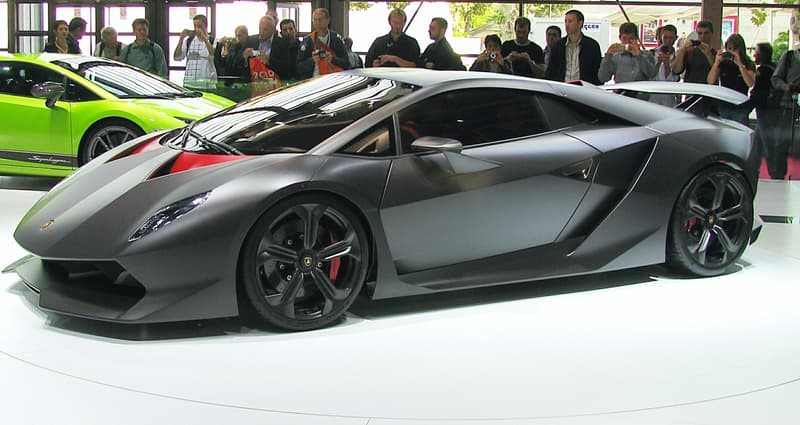
Ferrari currently has eight models in their lineup, while Lamborghini has six - one of these being an SUV, a body type Ferrari is unlikely to consider. Both firms are embracing the wave of electrical innovation sweeping the automotive industry - all Ferrari models are expected to be electrically assisted by 2025, and they’ve stated that semi-autonomous driving technologies will be incorporated into future models. Lamborghini, too, has set a goal to hybridise all of their powertrains by 2025. For both companies, the continued exploration of the various applications for carbon fibre and forged composites will be indispensable on the path toward a fully electric future lineup, as electric motors and batteries add considerable weight. If any totem could serve as proof that manufacturers are up to the task, it would be the Lamborghini Terzo Millennio, a fully electric concept car developed in collaboration with MIT, which features lightweight carbon composite body panels that store energy using supercapacitors, along with torque-controlled motors in every wheel, and damage-detecting build materials.
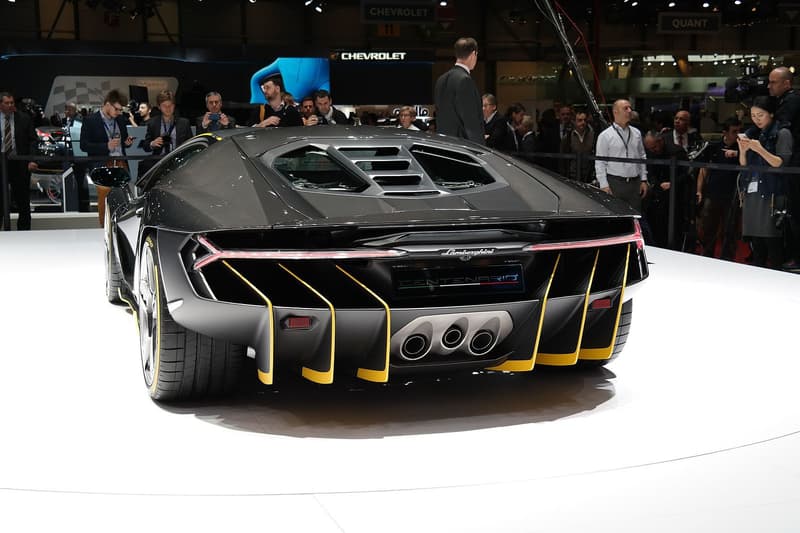
Ferrari’s bodywork tends to be more curvaceous and elegant, with hidden aerodynamic features. Ferrari’s prancing horse insignia represents a rich history of endurance racing, and a purist approach to automotive design - Ferrari does not take kindly to their vehicles being boldly customised.
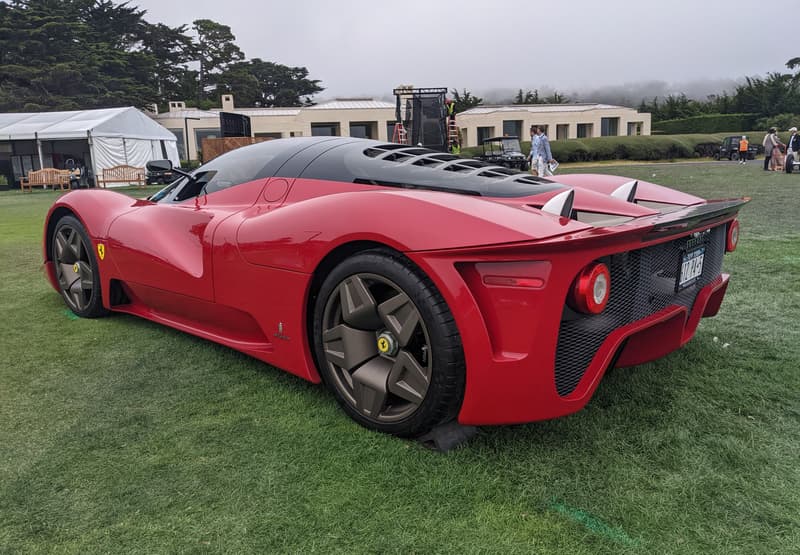
Lamborghini favours body work that is aggressive and geometrical, with a wide wedge shape and scissor doors. The Lamborghini raging bull crest represents bold, bellicose innovation - they took no issue with pro drifter “Mad” Mike Whiddett slapping Red Bull logos all over his Huracán, or UFC bantamweight “Suga” Sean O’Malley covering his Huracán in bright pink wrap and a neon green air dam and wheels.
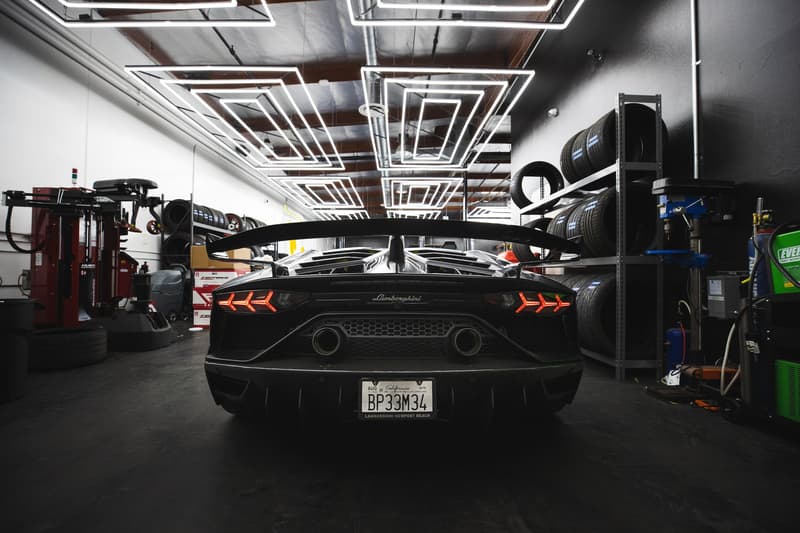
When it comes to classic definitions of power, these Italian institutions are neck and neck. The most powerful non-hybrid Ferrari to date is the 812 Superfast, with a max power of 789 hp and a top speed of 340 km/hr, while Lamborghini’s most powerful naturally aspirated engine lives in the Aventador Ultimae, with 769 hp and a top speed of 355 km/hr.
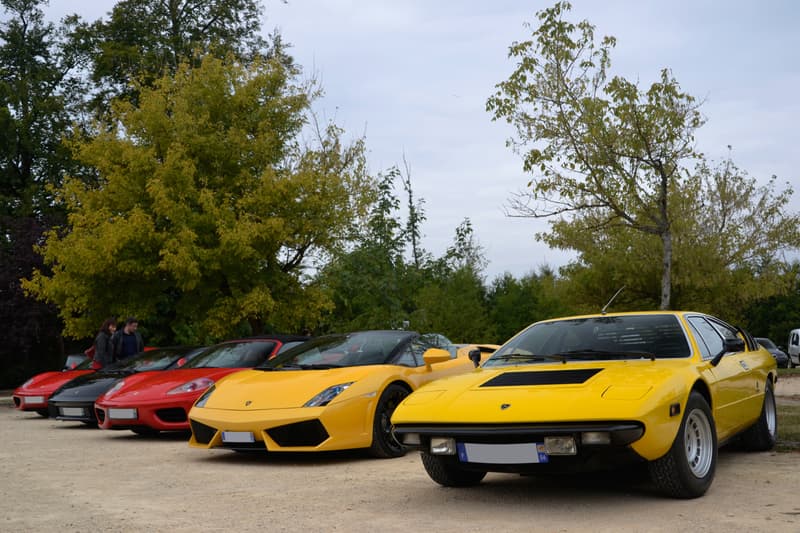
Ferrari fans (or “Ferraristi” as they are known at the F1 track), might argue that with a net revenue that more than doubles that of Lamborghini, Ferrari is the more successful brand, but in the court of public opinion, the scales are fairly balanced, each having carved out a particular niche, and established their own unique style. The success of each legendary automaker probably owes more to the continual progression of an immutable rival than stewards of each camp might like to admit.
-RA



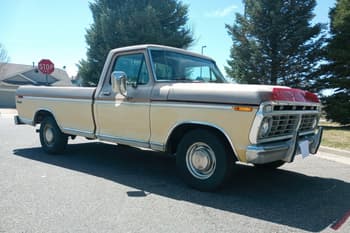
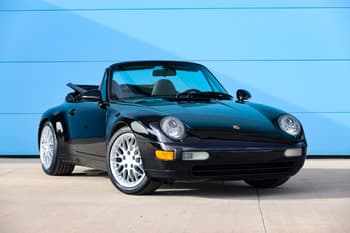

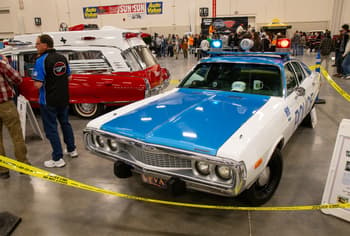

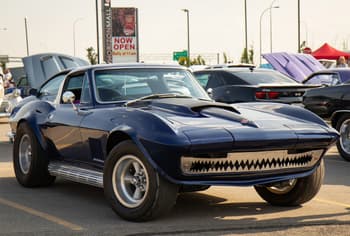
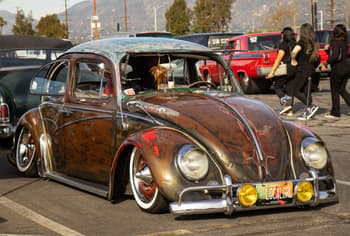
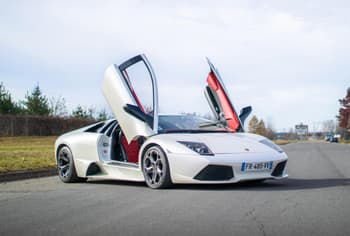
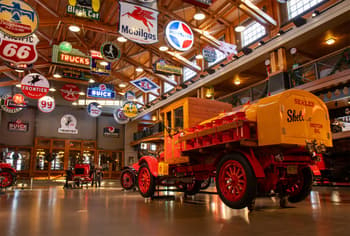
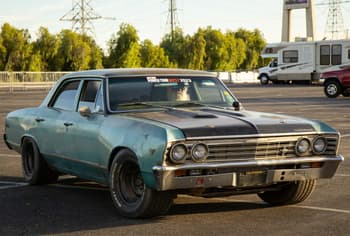
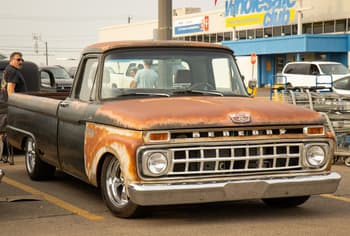

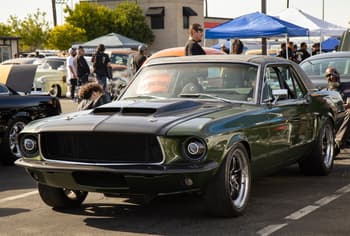
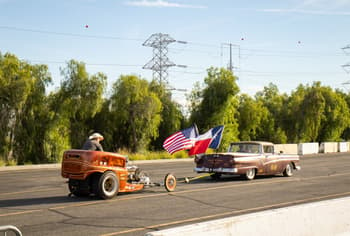

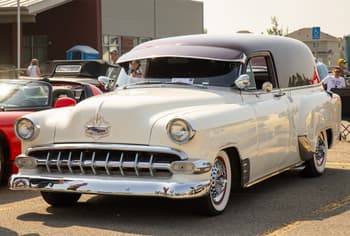


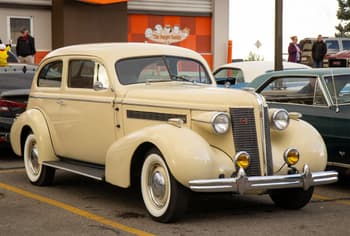
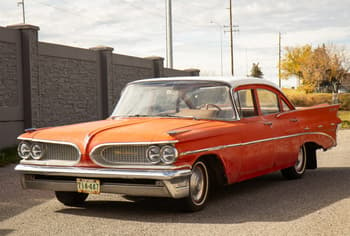
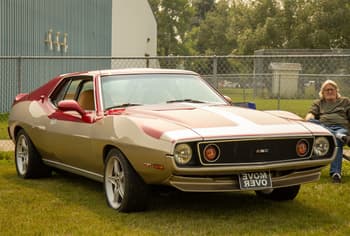


 Back to Login page
Back to Login page